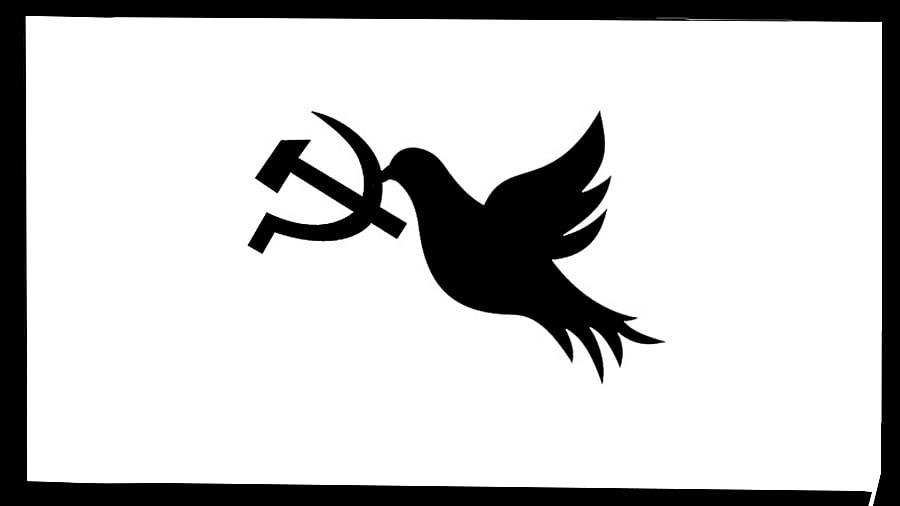
Left Wing Extremism (LWE) – the official name for insurrection in ten Indian states of Central and Eastern region – is popularly called ‘Naxalism’ or ‘Maoism’. In 2006, the former Prime Minister Manmohan Singh described Naxalism as the country’s single biggest internal security challenge. The Union Home Minister Amit Shah set the target for the security apparatus that by March 31, 2026, the country shall be free of Maoism. The chief ministers of Chhattisgarh, Maharashtra, and Odisha made similar assertions on the subject. This is not the first time such targets are being set. The current target is backed by the continuous annihilation of Communist Party of India (Maoist) cadres in the last three to four months. Certainly, it appears that the security apparatus and coordination between the Union and state governments is working effectively on this aspect.
On February 11, 2025, the Minister of State for Home Affairs Nityanand Rai stated – “resolute implementation of the ‘National Policy and Action Plan’ to Address LWE, both by the Centre and the states, has resulted in a consistent decline in LWE, both in terms of geographical spread and violence. There has been a progressive decline in the number of districts affected by LWE. Violence perpetrated by LWE has reduced by 81% in 2024 in comparison to the high levels of 2010 (2024: 374, 2010:1936)”, while answering a question in the Lok Sabha. The numerical decline of the CPI (Maoist) and its related violence does not entirely reflect the ground realities of the insurrectionary situation. A critical question is: if the implementation of the national policy and action plan is sincere, what necessitates the killing of the cadres? Alexis de Tocqueville says that the “prospectus for potential violent conflict is often greatest not when things are at their absolute worst, but when they are actually getting better”.
The adaptation of the line of annihilation of Maoist cadres is inadequate to assuage the feeling and perceptions of injustice and deprivation among the Adivasis and other backward sections of the people. However, it is important to note that Adivasi youth are the main foot soldiers in the insurrection. The lower-rank cadres work on the control and command of the central committee. Hence, addressing the concerns and needs of the youth in general and Adivasi youth in particular should be accorded the highest priority by the state and Union governments. The continuation of violence shows the ineffectiveness and inadequacy of the governments’ law and order/security-centric approach. The overall security situation has, indeed, improved, but what about the Adivasis’ land rights and due share in developmental outcomes? More than anything else, the Indian State needs to be sensitive and humane to the local Adivasis’ issues.
In the vicious cycle of violence between the Indian State and CPI (Maoist), people’s liberty, rights and justice have become victims and human life has lost its dignity and value. Democracy is the causality in this process, as violence has become the rule of the game for both parties. The view of the CPI (Maoist) is that Indian democracy is working only for the big industrialists, landlords, and not improving the lives of the masses. It is perpetuating the social and economic inequalities in the social fabric and is the growing cause of social and political unrest. The question, however, is not just about democracy, but its deliverables in terms of public goods and services. The State enjoys electoral legitimacy but successive governments have not been able to transform the ideals of democracy in grass-roots politics. The State needs to address key issues such as poverty, unemployment, land reforms, rights over resources, and most importantly, social and political equality.
State and community
as stakeholders
The dominant narrative understands the problem from the perspectives of security, law and order, underdevelopment, political ideology, social movements, and State-building. However, there is little in the ongoing discourse about the functioning of Indian democracy and its limitations in reproducing violence by extra or non-constitutional methods. Insurrections, both violent and non-violent, are not causes but consequences. The causes are multi-dimensional. Among all the causative factors, democracy and governance with other aspects play a supplementary role. Indian democracy has the potential to accommodate the insurrection of central India within the ambit of the legitimate demands of rights
and justice of her citizens, in particular the Adivasis.
The conflicts between State-led and community-centred governance systems demand immediate attention, especially the one centred on land rights and the consent involved in land acquisition for development projects. The Provisions of the Panchayats (Extension to Scheduled Areas) Act, 1996, shifts the power centre from the ‘State’ to ‘community’ and recognises the community’s prominence over the State in governing the fifth schedule areas. Parliamentary politics in India needs to take into account the plight of Adivasis from the perspective of rights and justice whereas the Maoist party should abandon the violent methods for resolving land and other structural issues of governance. The Indian State and the Maoist party must come together for a dialogue on the development model and land issues for a peaceful resolution.
(The writer is an assistant professor at Siddhartha Law College,
Vijayawada)